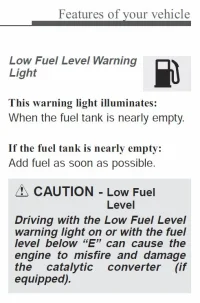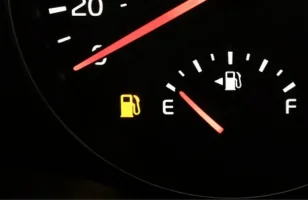In addition to all the discussions above, compared to the 16 Optima, SXL (which used to get a whooping 22.8 gallons up to the top-off, and it is not a good practice but I used to manage to put even 23 gallons and it performed all the way to 700 highway miles range), Stinger is a little inconsistent and hesitating around the fuel consumption calculations. The best average I had was 31 mpg, down the mountains, with lots of coasting, and it is usually around 500 miles of highway range, if you manage to keep around 27.8+ mpg. The tank gets 17.9 gal. (topped off, maximum I could fill it, with --- on the dashboard for around 10 miles) so, calculating the complete tank capacity as 18 gallons is not too inaccurate, with some reserve. I highly suggest on doing your own calculations based on average mpg and fuel you put, but if you are on a long highway trip, Stinger in normal/average/mixed conditions has a comfortable 6 hours of non-stop highway drive range between fill ups, on average terrain variations, average wind and 77+ mph cruising speed, with of course 93 octane top tier gasoline.
Speaking of fuel light, I think it has its own mood, sometimes on with 40 miles left, sometimes on with 13 miles, sometimes the needle is almost below E and still not feeling like turning on, so I decided to leave it with its own psychological issues...
After 100K+ miles on a 2016 Optima, and now 20K on a 2019 Stinger, I never had any issue by topping off the tank until there is no space to add a single fuel molecule; as well as driving around 10 miles after --- display. It was usually my common practice, and had no issues whatsoever. But I always try to put top tier gas, with some cleaners like royal purple every 10k, to keep injectors and fuel system clean, and I don't exceed the driving with an empty fuel tank time more than 10 minutes (highway of course). So this is never an advise to drive like this crazy, but just a personal experience. Again, keep it the way you feel comfortable and up to your level of range anxiety.







